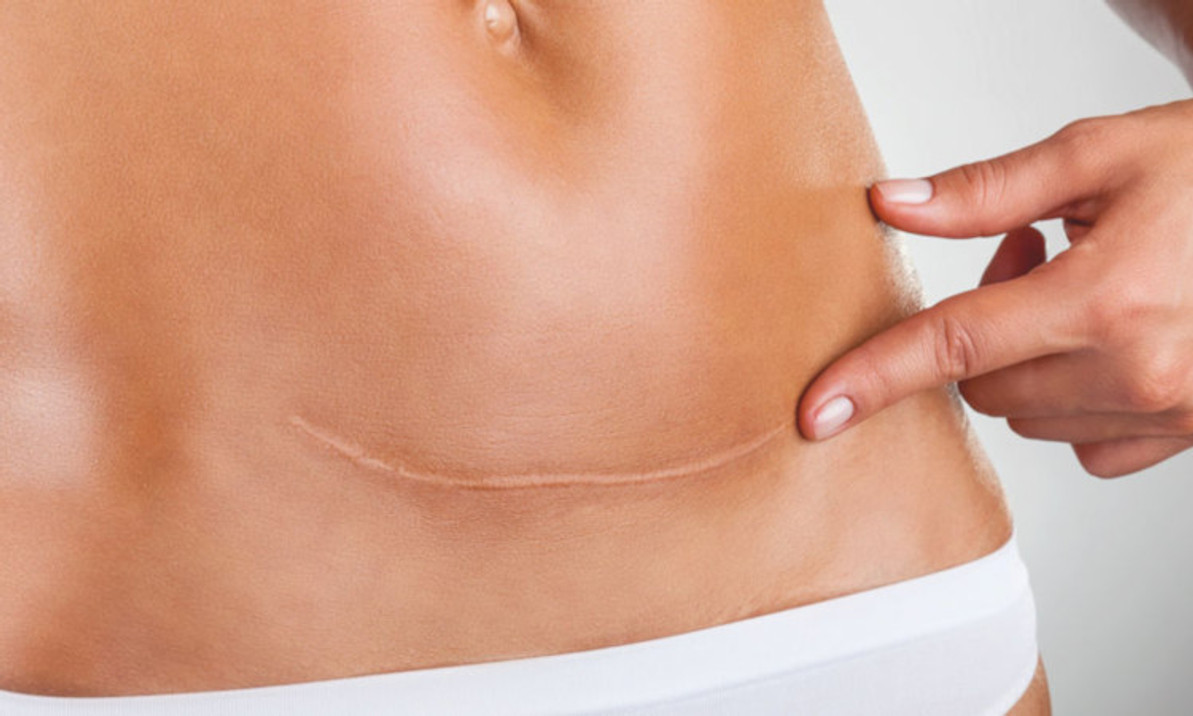How to Get Rid of Scars
Over your lifetime, you will inevitably acquire some type of injury, leaving you with a scar. Some wear it like a badge for a heroic act. For others, it might be an embarrassing fall that left an unsightly blemish on the skin. Over time, some scars will naturally reduce in appearance. For stubborn scars, treatment is likely required.
How Do Scars Form?
Scars occur as a natural healing process when a wound has occurred. To mend the damage, collagen fiber regrows, resulting in scar tissue that appears different from the surrounding skin. Scars can appear red, white, depressed, raised, flat, or shiny. Raised scars develop when too much collagen is produced, known as hypertrophic or keloid scars. Sunken scars occur when underlying structure support is lost.

How To Treat Scars?
Treatments of scars don’t necessarily completely remove them but instead minimize their appearance. Depending on the severity of the scar, here are some methods that may improve them.
Injections - For raised scars, a steroid injection with 5-fluorouracil (5-FU) or bleomycin can help flatten it. Sunken scars are usually treated with filler injections to raise the scar to the level surrounding the skin temporarily.
Surgical removal - Skin grafting and surgical revision are some options in improving scars. Skin grafting requires skin taken from other parts of the body to patch up the scar. Surgical scar revision removes the scar and reattaches the healthy skin.
Dermabrasion/chemical peel - These procedures improve the scar by removing the top layer of the skin to resurface it.
Laser - Dermatologists use intense light to reduce the size, color, and shape of a scar.
Topical - These can be over-the-counter or prescription creams, ointments, or gel to improve the scar. Silicone has been proven to be the most effective ingredient in treating scars.
Recent Posts
-
Best Face Wash for Sensitive Skin
My Journey to Finding the Best Face Wash for Sensitive Skin If you’re reading this, you probab …Apr 22nd 2025 -
Best Under-Eye Bags Cream and Treatment
Best Under-Eye Bags Cream and Treatment Do you have the dreaded under-eye bags that make you look l …Apr 14th 2025 -
Rice Water for Skin Benefits
Rice Water for Skin Benefits Rice water for skin has become a viral beauty trend that is supposed t …Apr 4th 2025




